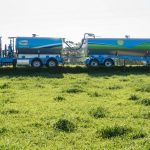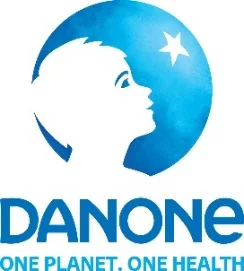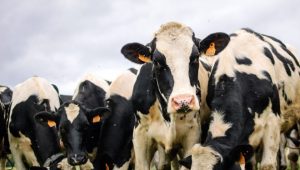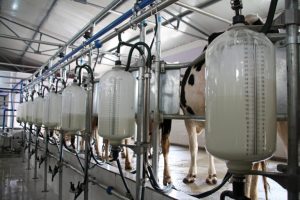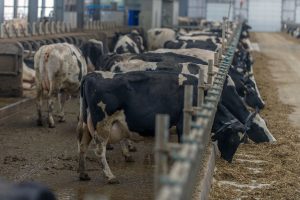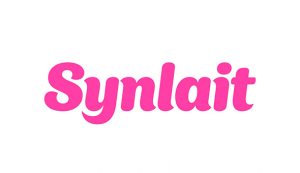
The Q2 report says milk production is forecast to continue expanding across dairy-exporting regions – a 1% YOY increase for 2H 2020 and 0.9% in 1H 2021 – despite weather-related issues and lower milk prices.
Rabobank said the northern hemisphere has seen a rebound, but much of the price support has been driven by government aid that will slow in the coming months.
It also adds that many dairy markets are dealing with imbalances causes by demand destruction through lockdowns. Increased retail and lower foodservice sales will begin to converge, but this will take time, it says, as there will be limitations that will prevent a complete return to previous norms, especially in foodservice sales.
The report says inventory build will put downward pressure on dairy product prices in he months ahead due to the combination of heightened levels of stocks and competition for reduced import demand.
Another factor is that China’s dairy imports are forecast to drop by 15% YOY in 2020, and weaker currencies will challenge imports in other markets.
In Europe, the report predicts a GDP loss of 9.1% in 2020 and a recovery of 6.1% in 2021.
As for dust settling, Rabobank said while price rebounds are welcome, it may be best to wait for the dust to settle to assess the true strength of the current market.
However, on the positive said, it notes the global outlook is not as dire as it was at the height of the coronavirus crisis. Government intervention combined with reopening, has helped jump start demand, but this does not mean expectations for the future are the same as pre covid-19.
With respect to foodservice, the report notes that there will be limitations as lockdowns are eased, as there will be seating restrictions in restaurants and consumers are likely to be cautious.
It also argues that while retail sales will return, the lockdown may have created new habits, such as more consumers continuing to make more meals at home.
Much of the world will emerge to an economic recession, the report says, and this could lead to high stock levels in the second half of 2020; and there will be elevated inventories of products such as bitter, cheese and powders.
But the dairy category has been rejuvenated in some areas, as the Chinese government is recommending the consumption of 300g of dairy products daily, more than three times the current average. Elsewhere, there is an expectation that the industry will increase communication around the nutritional value of dairy products.
The US election may have an eect on the industry, and Rabobank said that the USDA Coronavirus Food Assistance Program for milk producers may mute the price signals that had been indicating a need for less milk.
The report drills down into the current situation in each of the major dairy-producing regions as well as China.

